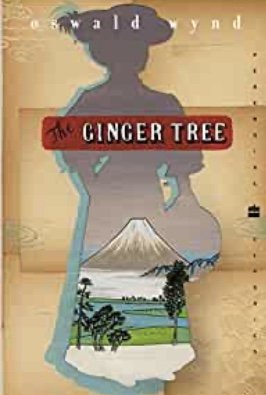Ayo Gorkhali by Tim I. Gurung (Blacksmith Books)
There is no such word as Gurkha in Nepal. A corruption of Ghorka, coined by the British, it would never have come into existence were it not for England’s Great Game and the British East India Company’s desire to control trade routes into Tibet. The barrier to this goal was the Gorkhali Army of the powerful kingdom of Gorkha, a state that had conquered Sikkim, ruled over much of what is now Nepal, and controlled almost all of India’s northern regions.
In the first battle between these two forces, 2,400 British soldiers were defeated by 1,400 Gorkhas. Over half of the British troops were killed by soldiers crying “Ayo Gorkhali” (“The Gorkhas are upon you!”), and brandishing their fearsome knives, the khukuri, (corrupted into kukri), with the aid of villagers who came armed with bows and arrows, nettles, and active hornet nests. It took almost fifty years and an army of 50,000 for the British to finally defeat 14,000 Ghorka soldiers.
Being no fools, the British Army was eager to bring fighters of this caliber into its ranks, “which took the sting out of the Gorkhali Army and made Nepal “a toothless tiger.” From that time on, “the youth and able men” of that country were served up to Great Britain, depleting the power of Nepal on many levels.
From the Sepoy Mutiny up through both World Wars and beyond, the Gorkhali became the legendary Gurkhas, brave, fierce, and, to the British, expendable. They led the other soldiers into battle, after being given lashings of rum by their commanders to boost their courage, and, with their kukris, were the ones sent to “clear the ground at the end” in hand-to-hand combat. Many among what was popularly known as the “Gurkha Legion” received Victoria Crosses for bravery, but when they were forced to retire at the age of 35, they were sent back to Nepal without military pensions, regardless of the injuries and honors they carried with them.
“Each little Gurk might be worth his weight in gold,” General Ian Hamilton said during World War One, but his assessment wasn’t reflected in the way the Gurkhas were paid. Even in the 1960s, when the Gurkhas were stationed in Hong Kong, they received $42 dollars a month compared to the $450 paid to their British counterparts. They were cheap, dispensable, and handicapped by the virtues instilled in them by their culture. The Gurkhas were taught from birth that honor, respect, and loyalty were essential; their motto was “Better to die than be a coward.” And die they did. Over 60,000 Gurkhas were killed, wounded, or listed among the missing in action during the two World Wars.
The ones who were wounded placed a terrible burden upon the country of Nepal, both on social and economic grounds. Men who had been given two choices in life, to farm or to fight, came back to the farms broken by war. Gone by the age of 18, back at 35, generations of Gorkhali men became burdens, uncompensated in any way by the country that had exploited them.
It wasn’t until 1969 that private funds established the Gurkha Welfare Trust “to alleviate poverty and distress among Gurkha veterans and their families,” 154 years after the Gurkhas had been made part of the British Army. And only in 2009 did Great Britain allow the Gurkhas “right of abode.” Slowly and grudgingly the “debt of honor” owed to the Gurkhas is being repaid to a people who were “betrayed by their destiny.”
A former Gurkha himself, Gorkhali Tim Gurung presents an almost dauntingly detailed military history, a full and truthful picture that rewards persistent readers, leaving them to echo his last words on the subject, “Jai Gurkhas!”~Janet Brown







